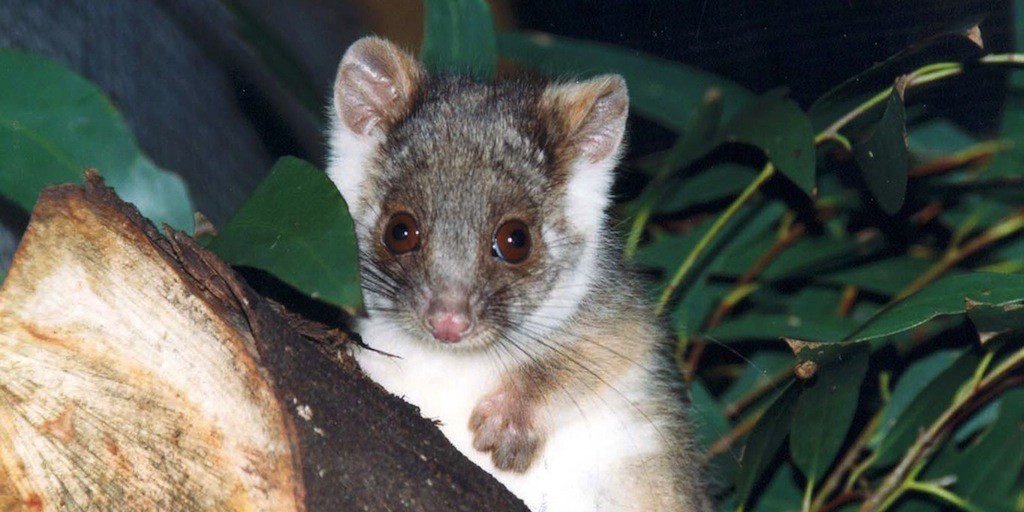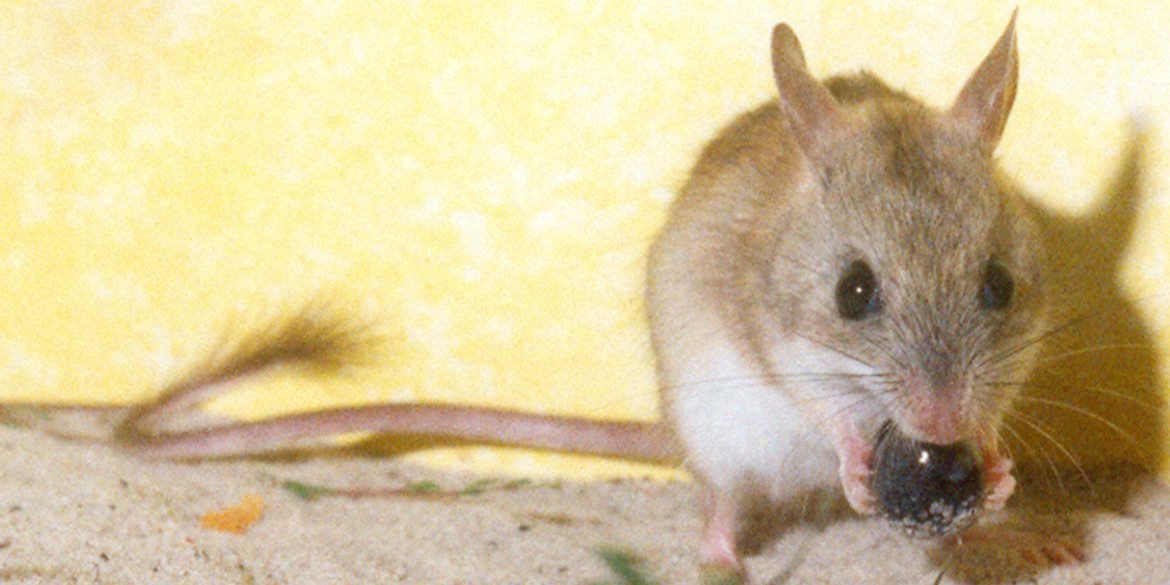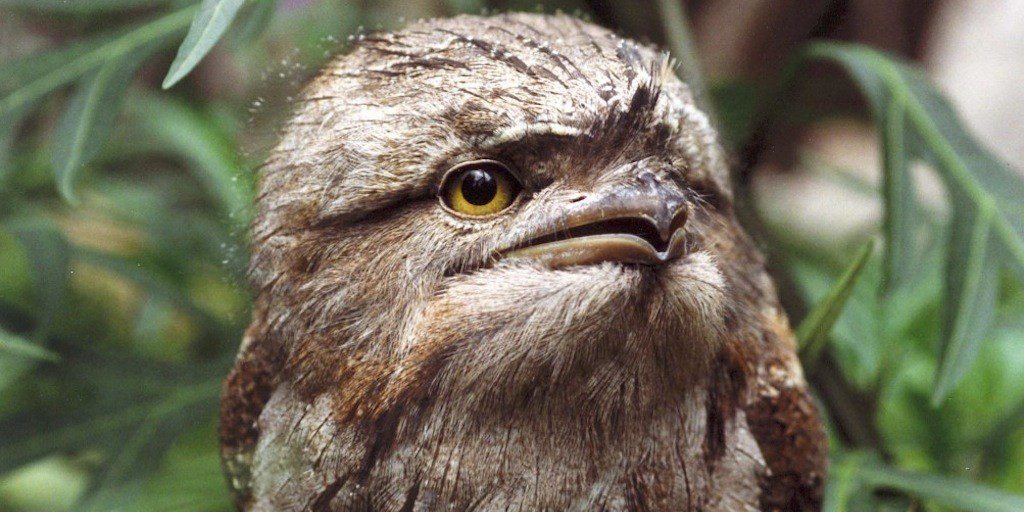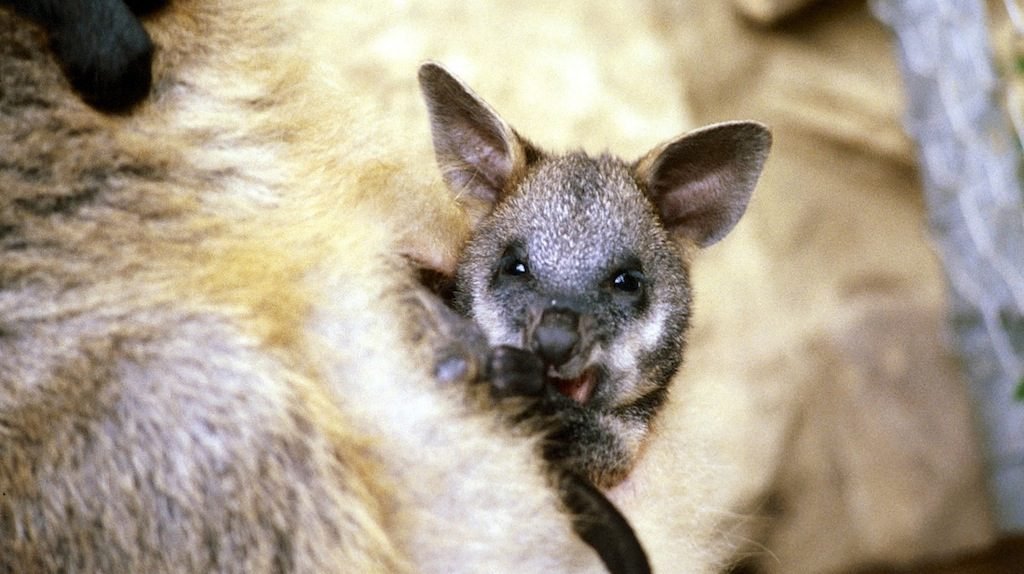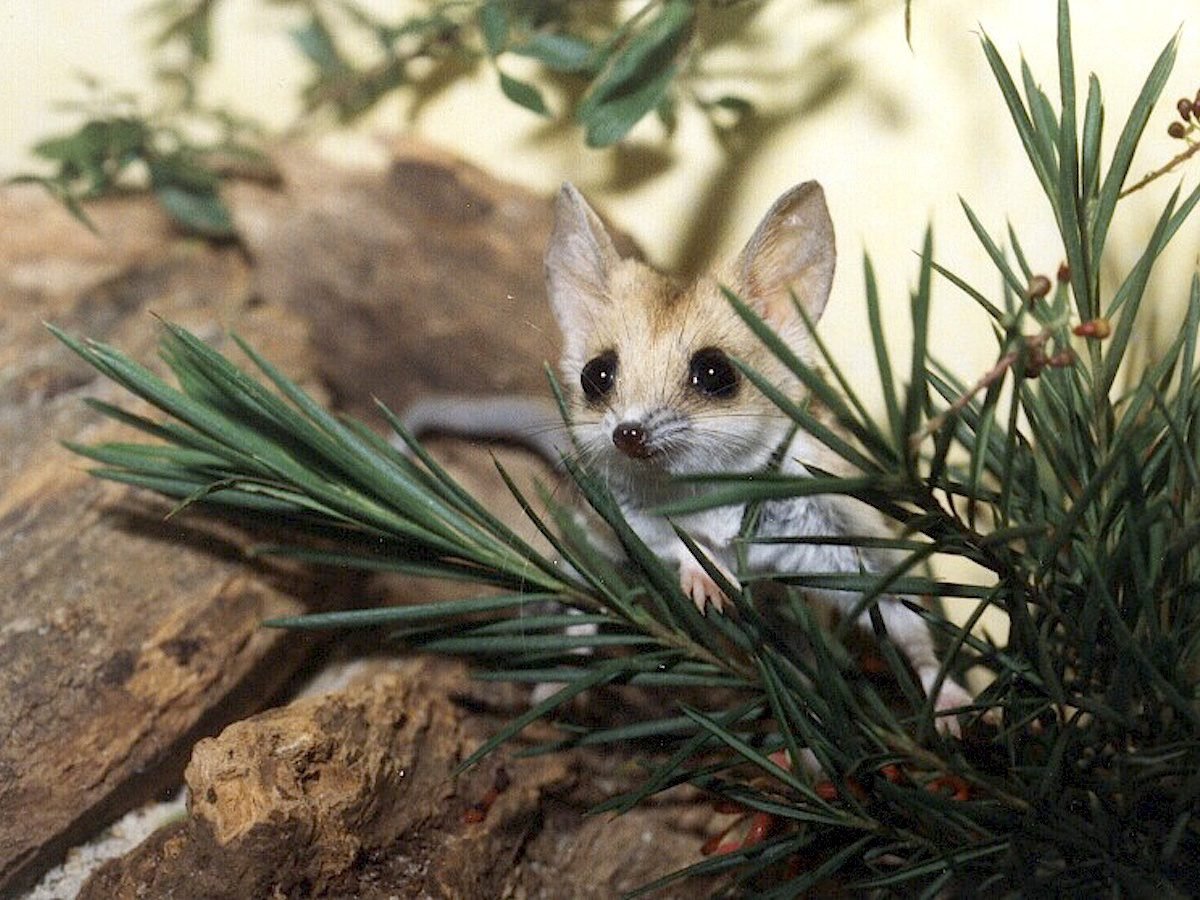Red foxes (Vulpes vulpes) were deliberately introduced into Australia in the 1855 for sporting purposes. The first breeding pair were released in Victoria in the 1870’s. They spread rapidly. By 1893 foxes had become a nuisance in northeastern Victoria, and by 1917 had reached Western Australia. Their distribution generally followed that of the European Rabbit (Oryctolagus cuniculus). Today the fox …
Our Native Fauna – just who is having it for dinner?
Concerns were raised time and time again of just what impact the release (both prematurely in October 1995, and then officially in October 1996) the Rabbit Calicivirus Disease (RCD) would have on native animals. In inland Australia, dingoes frequently increase their predation on the red kangaroo when rabbit numbers crash under natural conditions. Fears that other predators such as foxes …
Species Classification
According to their Conservation Status As different species face individual problems, determining their conservation status can often be difficult to assess. The degree to which a species is threatened is of critical importance in deciding into which classification a species should belong. This decision-making can be highly subjective, as status may change through alterations in either distribution or abundance. In …
The Rabbit Calicivirus – how successful has it been?
With scientists predicting yet another drought-stricken summer, the release of the rabbit calicivirus disease (RCD) couldn’t have been too soon. With over $115 million of lost production yearly to the wool industry, and a $600 million total cost in export income to the agricultural industry, not to mention the immeasurable environmental damage, the European rabbit in still Australia’s most serious …
Urban Possums are here to stay
Unlike many of Australia’s other native species, the Common Brushtail Possum Trichosurus vulpecula has flourished in the face of urban development. This highly adaptable animal has successfully established itself in many urban areas. However, developed areas often suffer from a shortage of mature trees bearing hollows – this makes for a housing crisis for the average Brushtail Possum. Being naturally …
Fungi Fatal to our Frogs
Australian scientists think they may have the answer to what has been mysteriously mass killing our frogs over the past twenty years – an aquatic chytrid fungi, yet to be named. So far, 10 different species of frog, covering four States have now succumbed and departed because of this deadly disease. Intensive studies began two decades ago in Queensland, when …
Lumpy Jaw in Macropods
What is it? This term is used to describe infection of the soft tissues and jawbone in marsupials. The highest risk group of marsupials to Lumpy Jaw are macropods. What are the signs? Hard immovable swellings on the jaw and face. White coloured pus discharging through holes in the skin. Difficulty in eating and slobbering. Weight loss and tiredness. …
Sarcoptic Mange in Wombats
Sarcoptic mange is a disease primarily of wombats caused by a small eight-legged mite, Sarcoptes scabiei. It can also cause mange in koalas, ringtail possums, dogs and foxes. Anecdotal evidence indicates that the mite can be transmitted from dogs and foxes to wombats and vice versa. Wombats afflicted with mange are itchy, develop fur loss, and thickened crusty skin. This …
Toxoplasmosis in Native Wildlife
Toxoplasmosis is a disease caused by a small parasite that is shed in cat faeces. Cats are the definitive host for the parasite, but marsupials are extremely sensitive to infection with the organism. Marsupials usually contract the disease through exposure to cat faeces, feed that has been contaminated by cat faeces, or by eating the flesh of another animal that …


